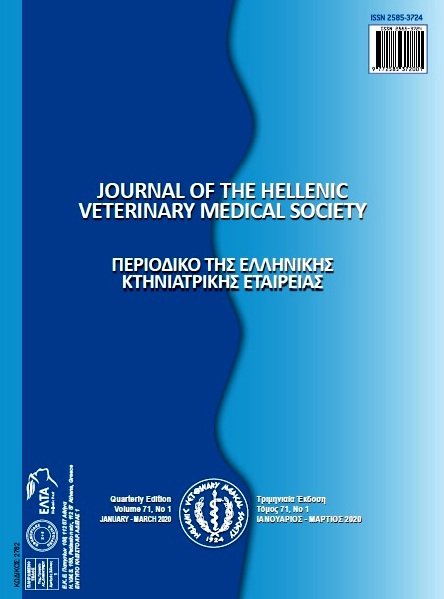The Effect of Capsaicin on IGF-I and IGF-IR Expression in Ovarian Granulosa Cells
Resumen
Capsaicin (trans-8-methyl-N-vanillyl-6-noneadamide) is a pungent ingredient in red peppers from the Capsicum family. Insulin-like growth factor-I (IGF-I) is expressed in granulosa cells and has an important role in ovarian development. However, there are no data about the IGF-I expression in ovarian granulosa cells after capsaicin treatment. The aim of this study was to investigate the expression of IGF-I and its receptor (insulin-like growth factor-I receptor [IGF-IR]) in primary rat ovarian granulosa cells after low and high doses of capsaicin treatment. For this, granulosa cells were isolated and cultured from ovaries of 30-day-old female Sprague-Dawley rats. Granulosa cell plates were divided into four groups as cell control (C), vehicle control (V), and 50 μM and 150 μM capsaicin groups. In experimental groups, granulosa cells were exposed to capsaicin for 24 hours and immunocytochemistry was performed afterwards using anti-IGF-I and anti-IGF-IR antibodies. Both IGF-I and IGF-IR expressions were found to be significantly increased in parallel to the capsaicin doses. Elevated levels of IGF-I may be a risk factor for ovarian development. Because of the crucial role of IGF-I in ovary development, capsaicin treatment can be effective on follicular development and/or disorders characterized by high IGF-I levels.
Article Details
- Cómo citar
-
GULER, S., & ZIK Β. (2020). The Effect of Capsaicin on IGF-I and IGF-IR Expression in Ovarian Granulosa Cells. Journal of the Hellenic Veterinary Medical Society, 71(1), 1977–1984. https://doi.org/10.12681/jhvms.22939
- Número
- Vol. 71 Núm. 1 (2020)
- Sección
- Research Articles

Esta obra está bajo una licencia internacional Creative Commons Atribución-NoComercial 4.0.
Authors who publish with this journal agree to the following terms:
· Authors retain copyright and grant the journal right of first publication with the work simultaneously licensed under a Creative Commons Attribution Non-Commercial License that allows others to share the work with an acknowledgement of the work's authorship and initial publication in this journal.
· Authors are able to enter into separate, additional contractual arrangements for the non-exclusive distribution of the journal's published version of the work (e.g. post it to an institutional repository or publish it in a book), with an acknowledgement of its initial publication in this journal.
· Authors are permitted and encouraged to post their work online (preferably in institutional repositories or on their website) prior to and during the submission process, as it can lead to productive exchanges, as well as earlier and greater citation of published work.



